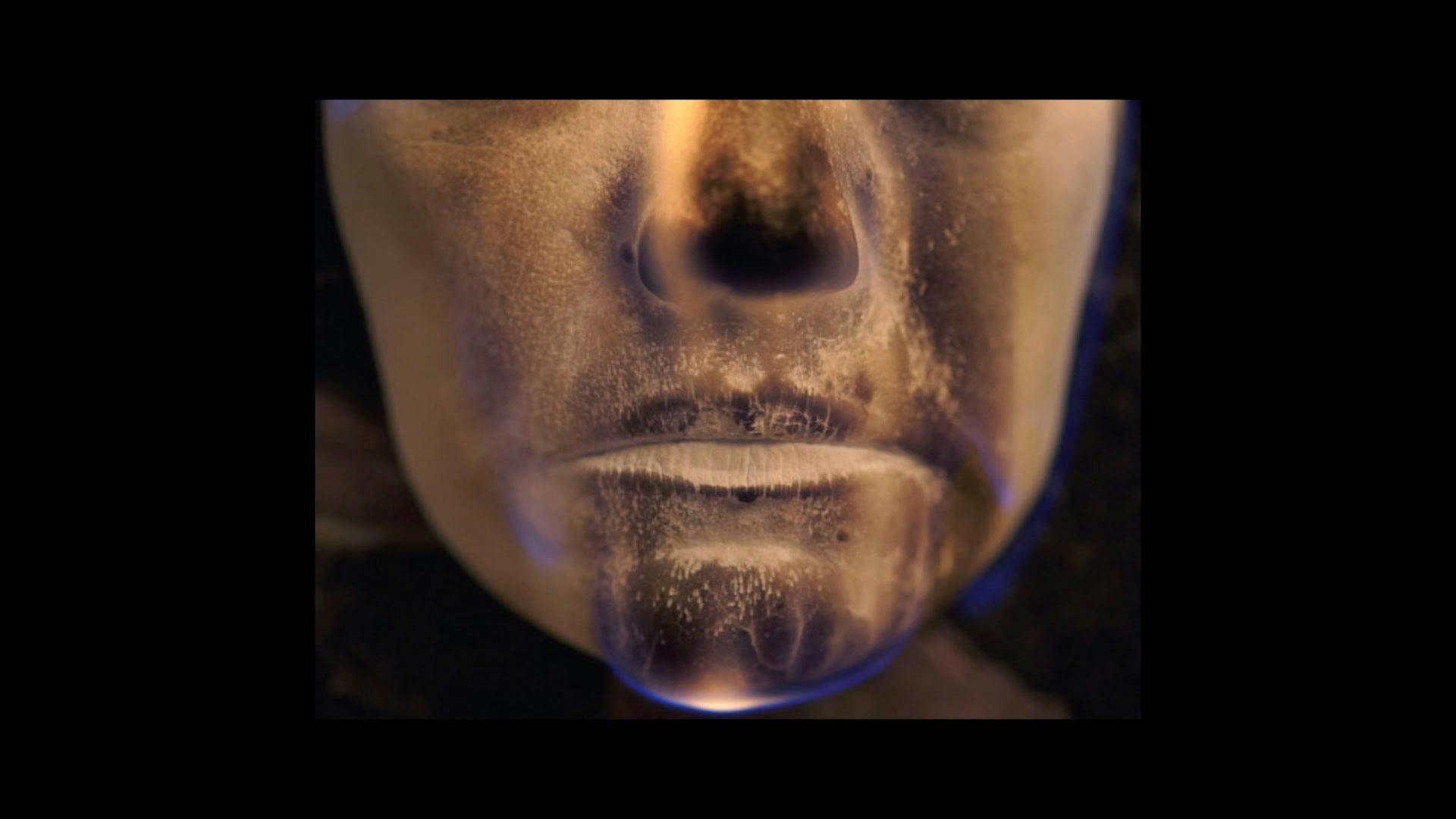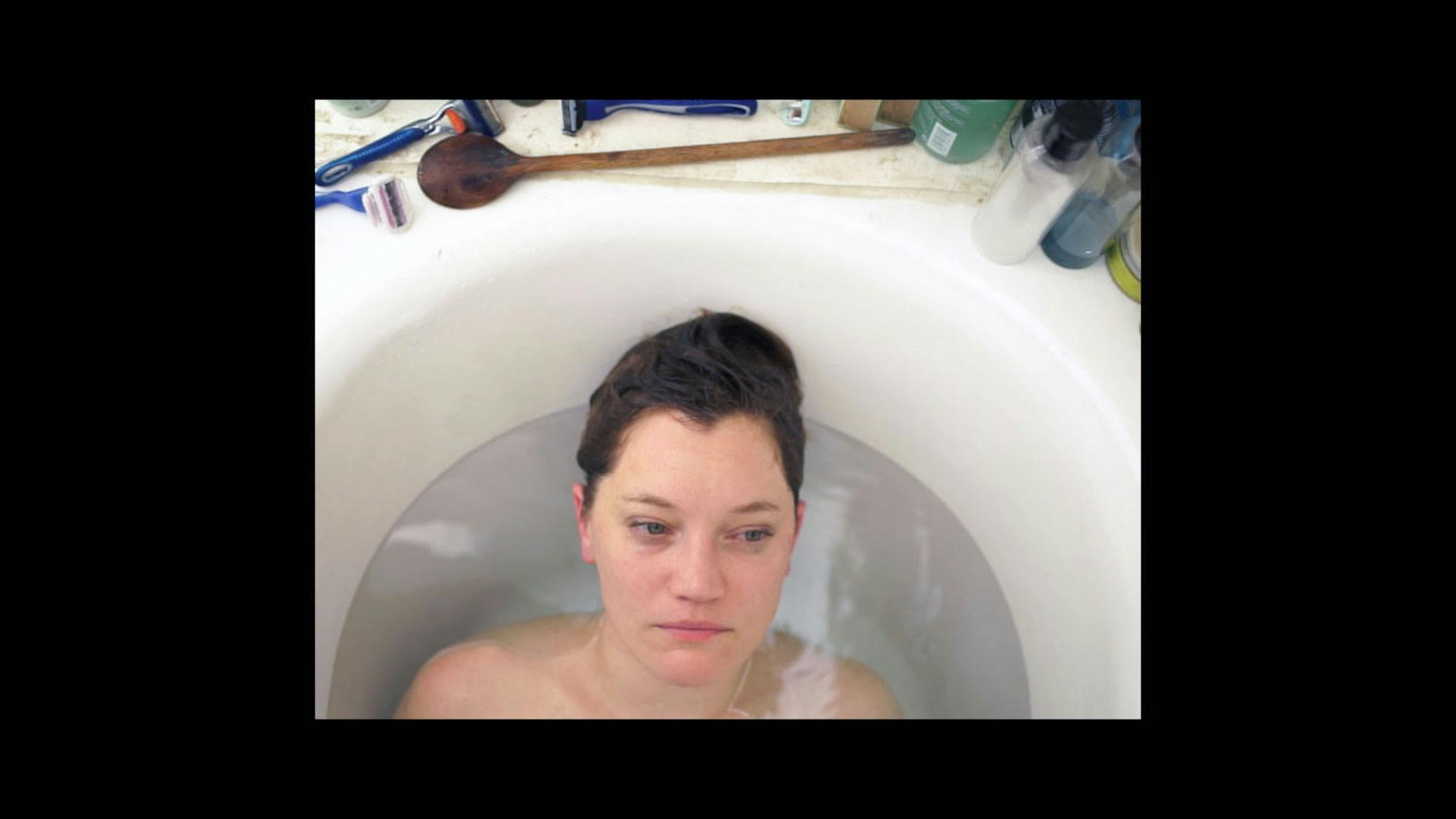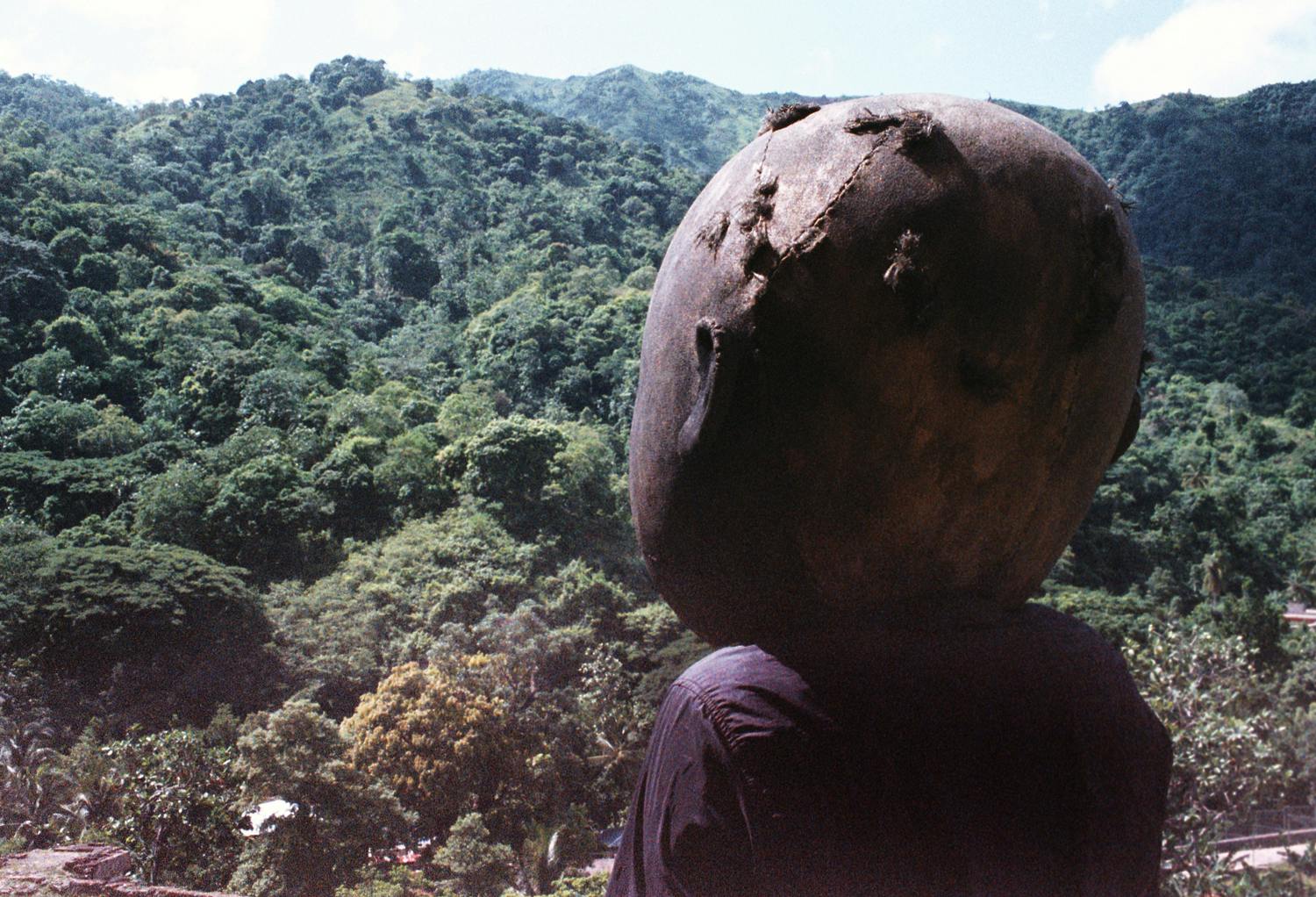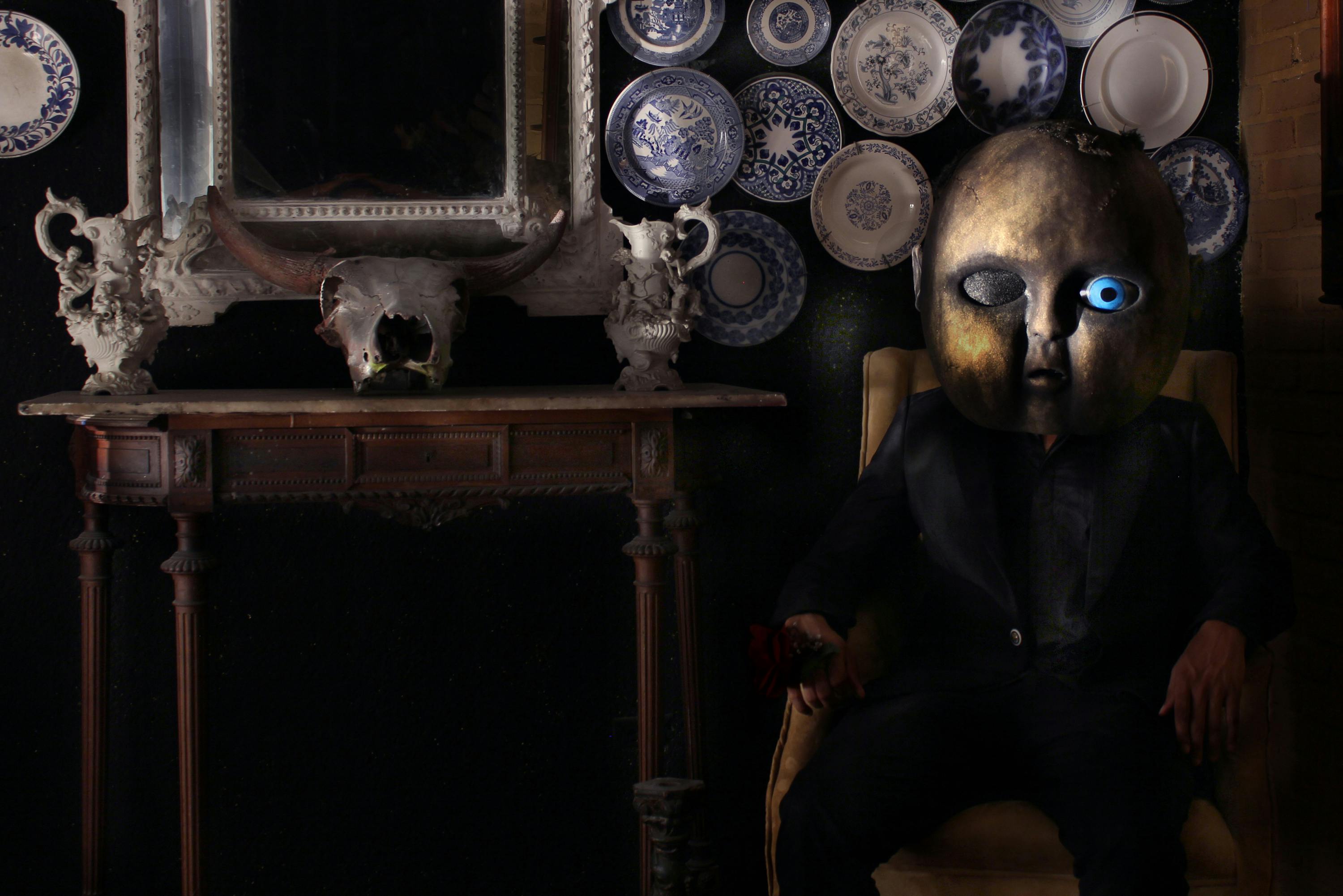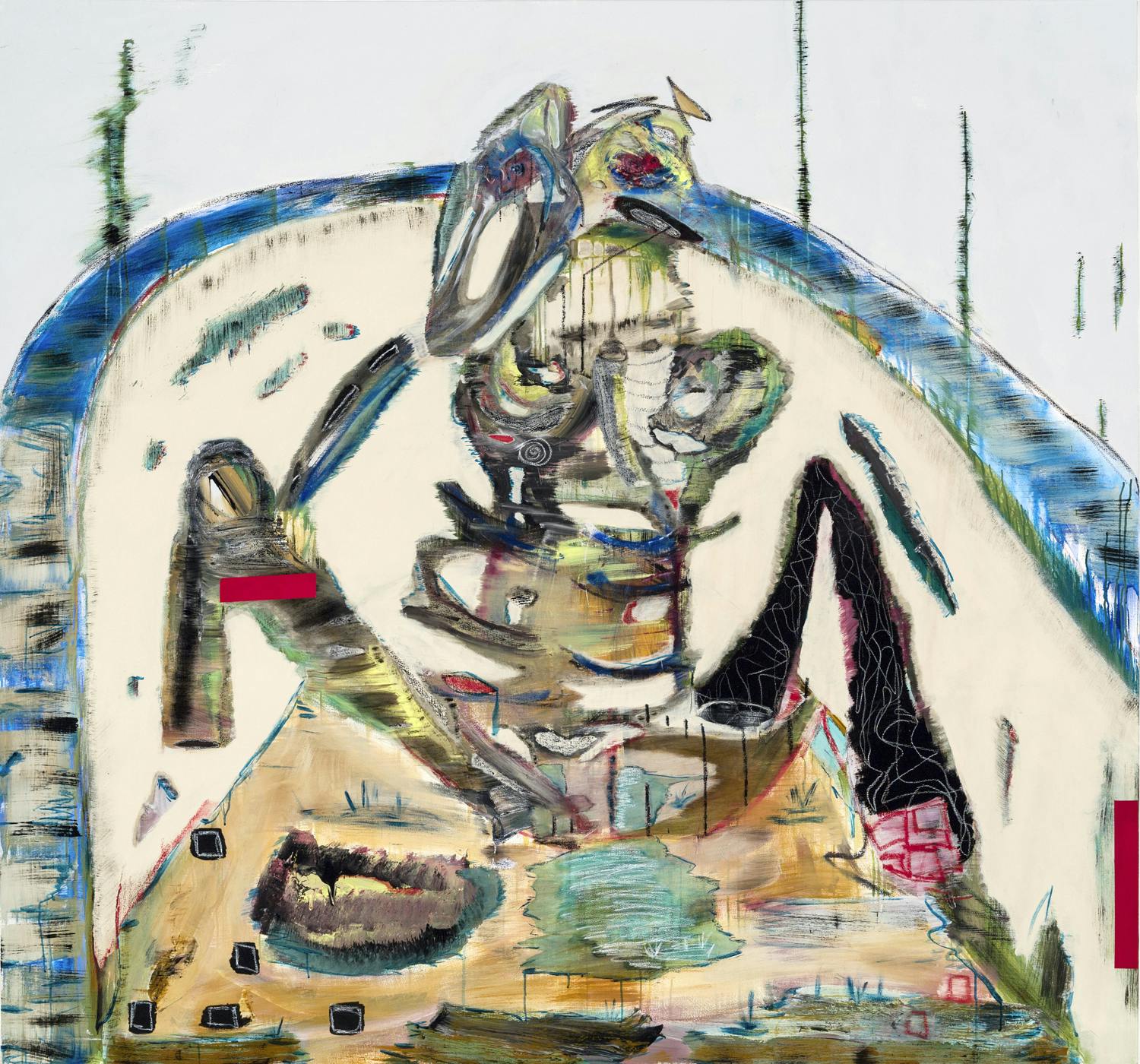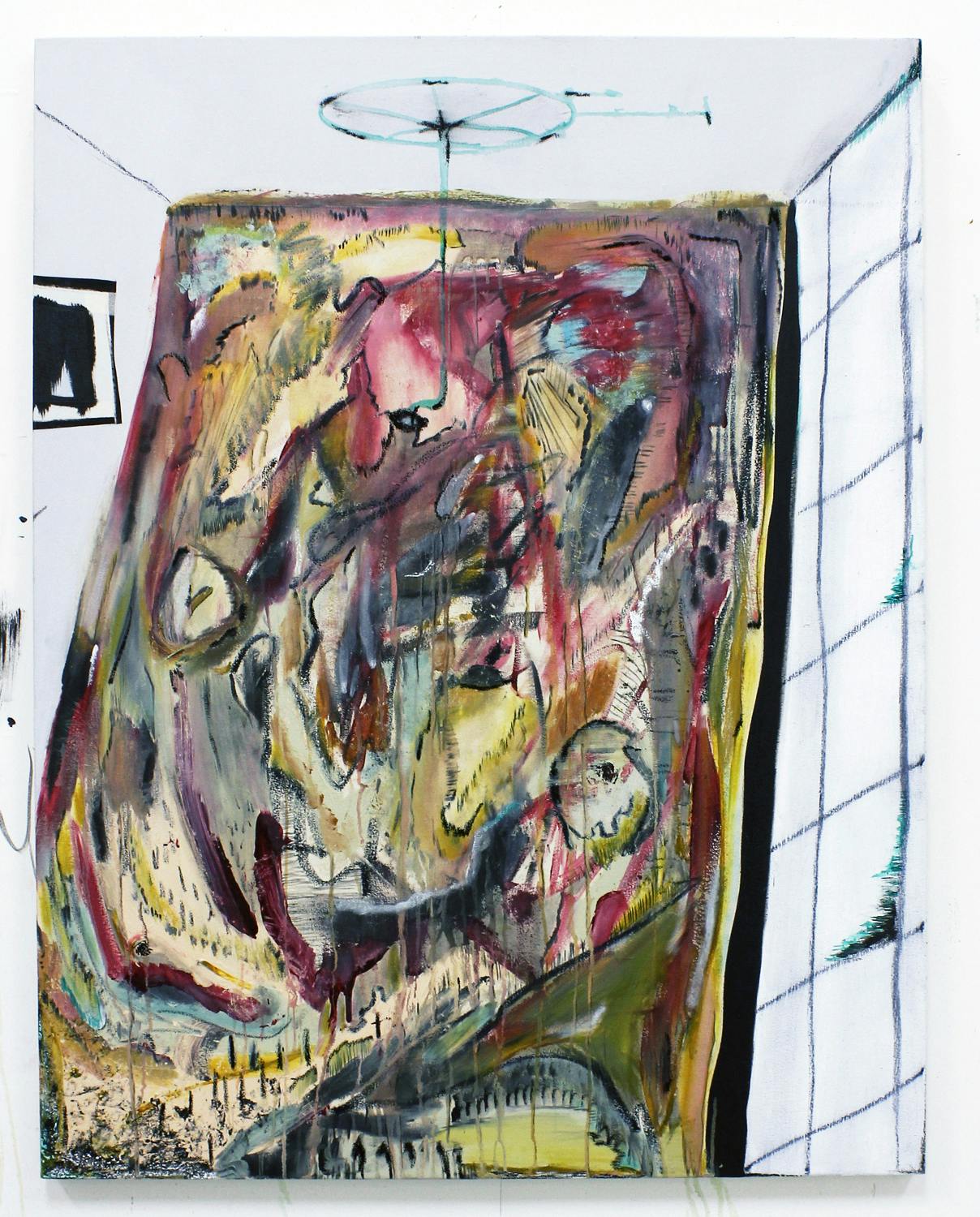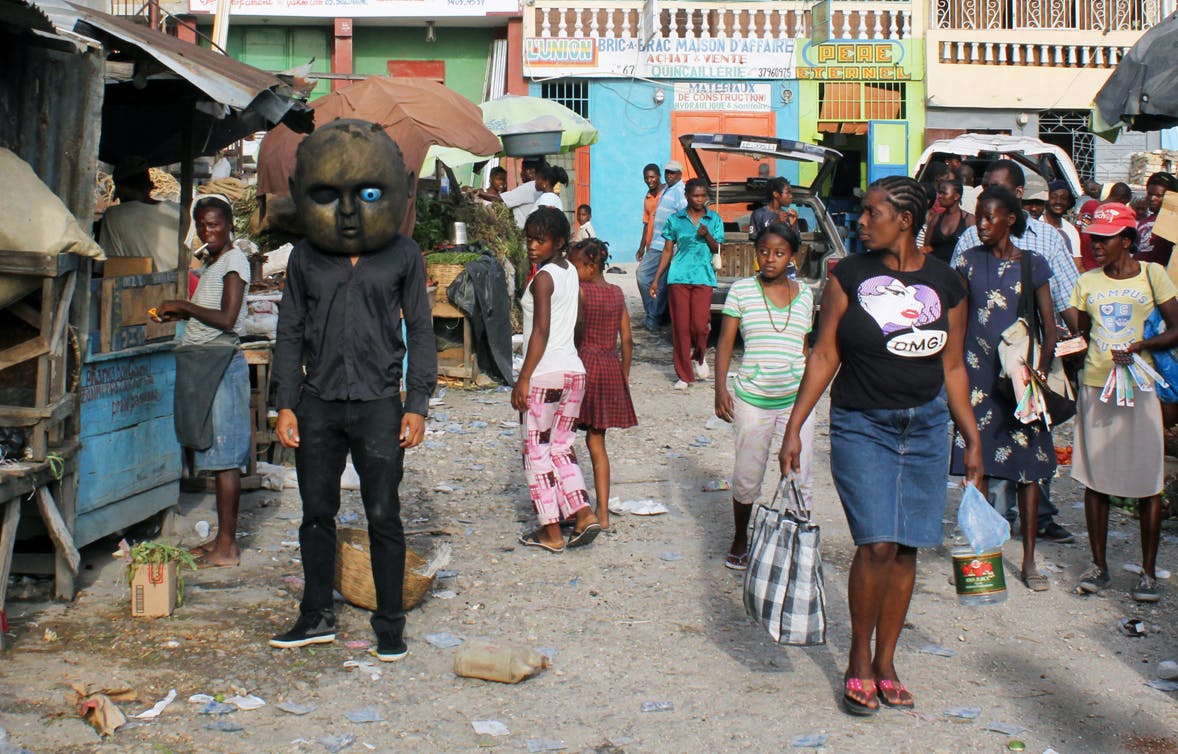Questions with Artists: Tiffany Barber talks to Manuel Mathieu
“Repetition” and “recirculation” are words typically associated with mid-twentieth century representational practices. From silkscreen prints to text-based neon works, artists such as Andy Warhol, Richard Hamilton, Bruce Nauman, Tracey Emin and Glenn Ligon have contested the rise of consumerism in popular media and culture. Now, the sites in which images are made and circulated have multiplied, as well as the means by which we invest images with values to correspond to our identities. What are the stakes of representation and artmaking in this ‘new media’ landscape?
London-based artist Manuel Mathieu's multivalent practice is situated here. By parodying the forms available to him, Mathieu’s paintings, text-based neon works, installations, performances and short films push the boundaries of conceptualism in a time of accelerated flows. Like a rebellious youth, his piece Another one (2014) announces itself vulgarly in blue. Rather than obfuscating language or deliberately destabilizing the sign, Mathieu's work is monotonous, full of angst, and makes light of the familiarity of words and recognizable images. In turn, repetition and recirculation are themselves emptied out. The limits of text and image are literally highlighted. Departing from his early abstract gestural painting, Mathieu has incorporated installation, performance and short films into his practice. The following is a recent interview conducted with the artist after a studio visit in Montréal.
Tiffany Barber: When did you know you wanted to be an artist? What inspires you?
Manuel Mathieu: I discovered art when I was about 16 years old, and I saw it as a way to access a certain degree of freedom, a way of being present in the world. My inspiration comes from my need to address what is happening around me in relation to my life experience and knowledge.
TB: You began as a painter but your practice now includes installation and performance. How are these mediums interrelated for you?
MM: When I first started making art, I saw myself as someone trying to compose different realities within one object. Slowly, it became more complex, and today the lines are blurred by an unconditional desire to express ideas. I am attracted to irregularities, gaps, scars of the past and the undeniable present. I seek to transcribe those irregularities, but sometimes I trip over my own lack of sincerity. When I manage to find my grounding, the objects I produce incarnate a satirical world or a world distorted by my lack of understanding.
TB: Tell me about your work in the recent exhibition Haiti: Two Centuries of Artistic Creation at the Grand Palais in Paris. Does your Haitian background figure into your artmaking?
MM: In the exhibition I performed Spooky, a big doll head that I wear in reference to the “Voodoo Doll.” It’s the first project where I deliberately employ an icon from my culture. Documenting Spooky in public places in Haïti, I realized Spooky didn’t fit in. The environment that had initiated his birth wasn’t his. That was a shock for me, but I knew it was the beginning of a real challenge. Spooky the Child is still looking for a place of belonging. This could easily be a metaphor for me since I grew up in Haïti, left to study in Canada, and am now doing my MFA in London. I am on a quest to find a certain balance between my origin, my life experience and what I consider essential to making my work.
TB: You just completed a short film, Camille (2015). Tell me about that! What's next for you?
MM: Making a movie is about mastering the art of lying. The film Camille is an adventure that changed my life. We are still working on it and we should be done with everything by mid-February. When I make a piece I search for that moment when the piece outgrows me; that’s when the magic happens.
I just returned to London after a year off so right now I am focusing on making good art. The rest will come in due time.
Tiffany Barber is a scholar, curator and writer of twentieth and twenty-first century visual art and performance with a focus on artists of the African Diaspora living and working in the United States. A PhD Candidate in Visual and Cultural Studies at the University of Rochester, she is completing her dissertation titled "Undesirability and the Value of Blackness in Contemporary Art."

